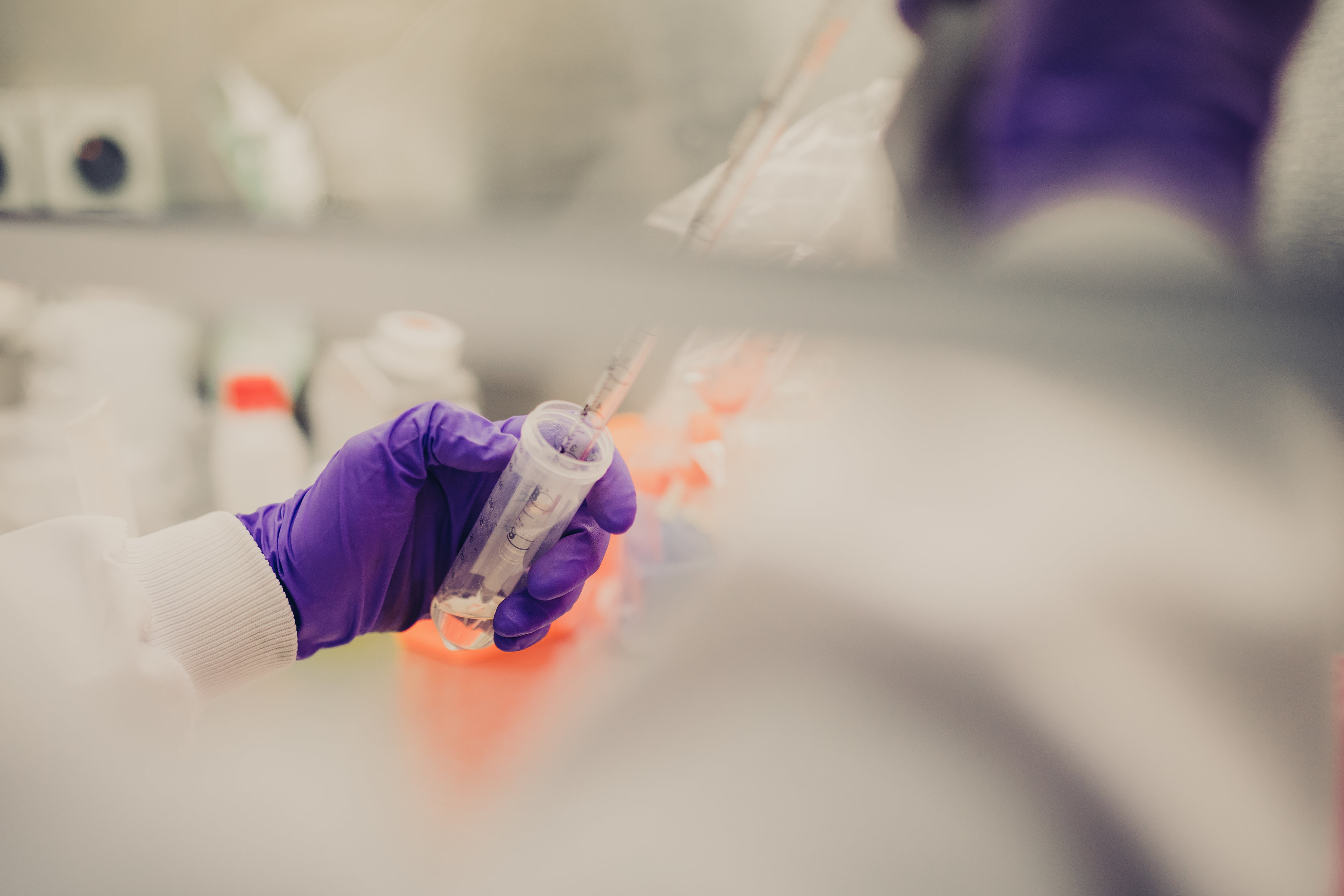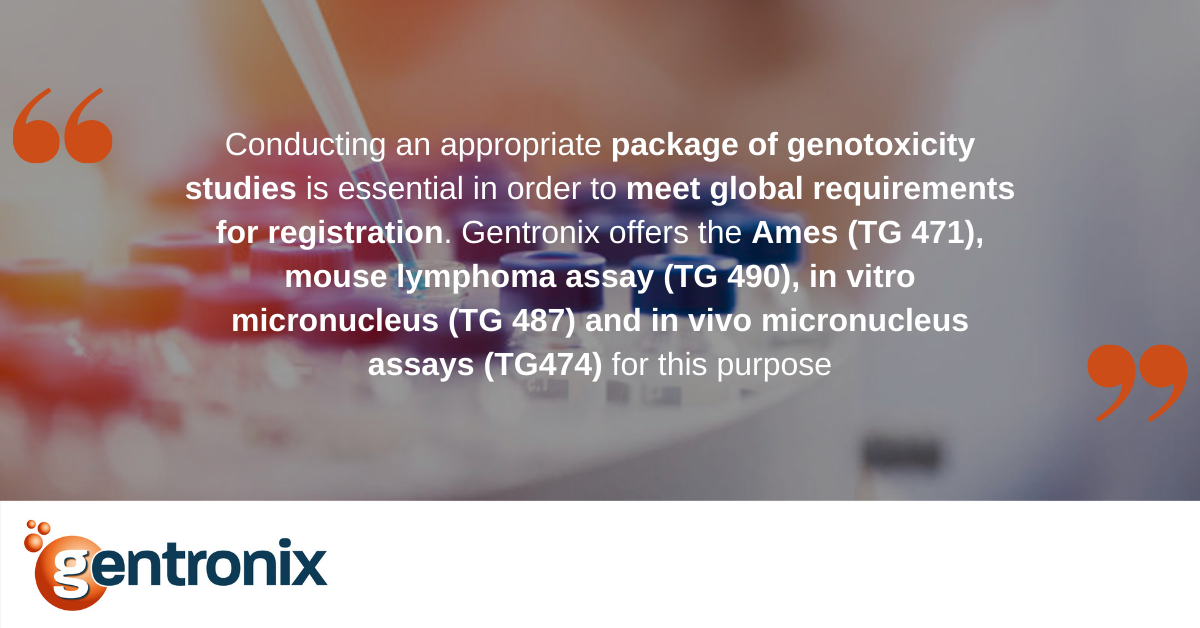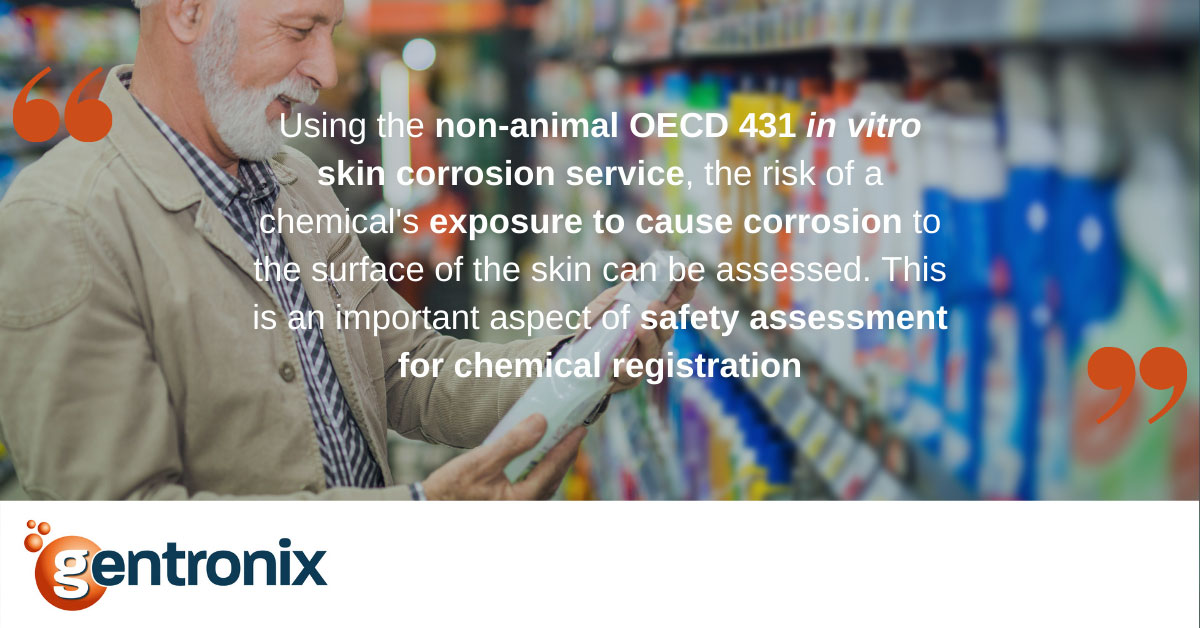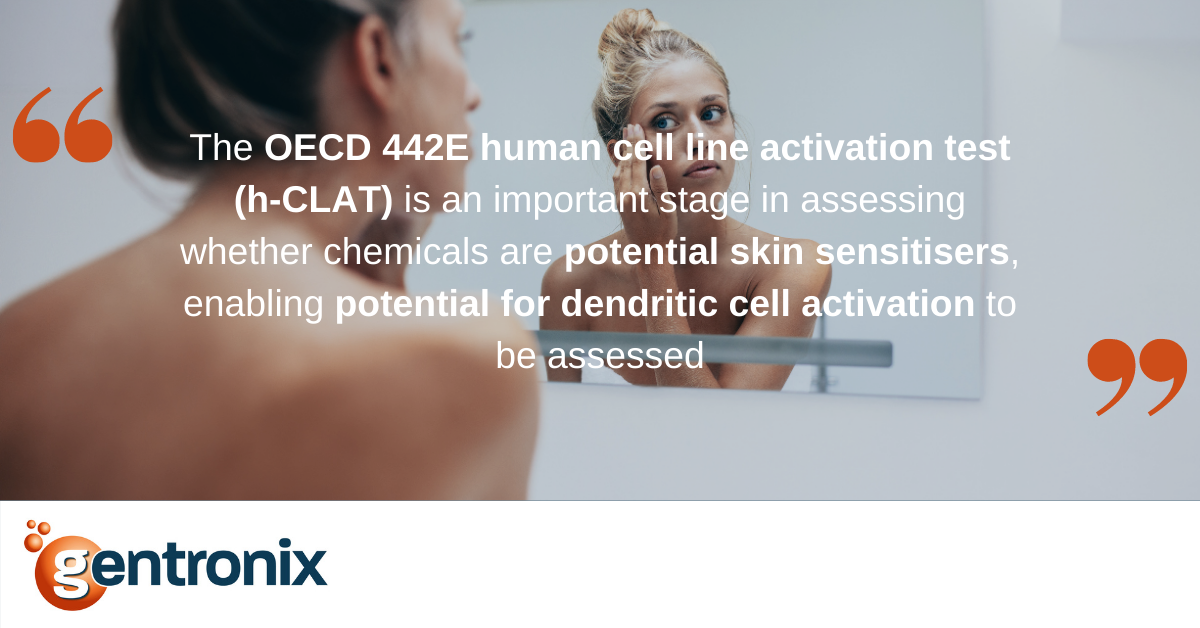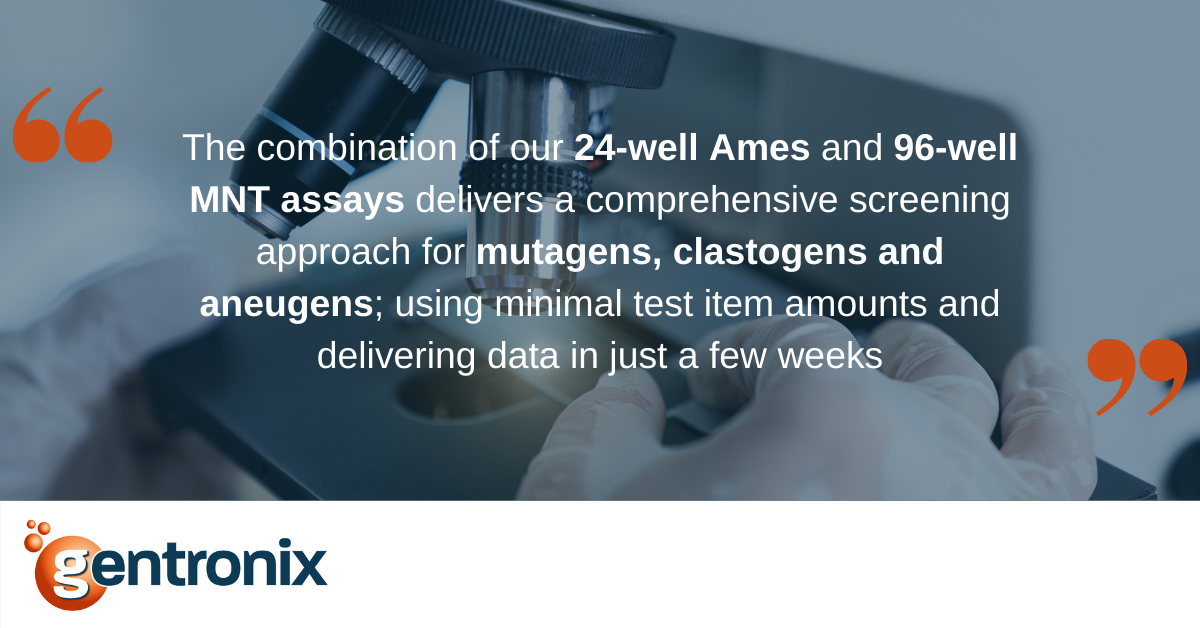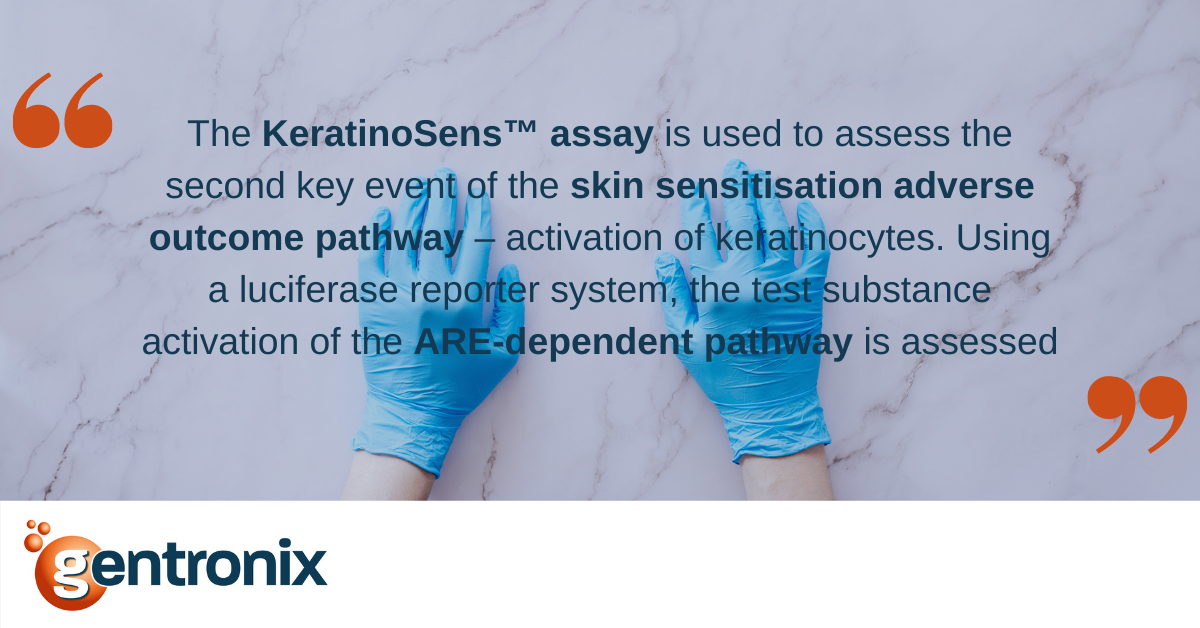Why do we worry about mutagens? Mutagenic substances permanently alter the amount or structure of DNA, so they can result in heritable diseases, cancer, metabolic diseases and ageing. Whilst there’s a considerable endogenous mutagenic burden caused by normal cellular activity, we have evolved DNA damage response and repair mechanisms to help manage this. A primary risk for increased exposure to mutagenic substances is from the environment we live in, the food we consume and the medicines we take. Reducing the overall burden of chemical mutagenic exposure from such scenarios clearly has benefits for human health.
Mutagenicity comes under a wider definition of genotoxicity, which includes three key types of mutagenicity: point mutations, clastogenicity, and aneugenicity. When testing a chemical or substance for mutagenic potential, no single assay detects all types of mutagenicity reliably so usually a battery of assays is conducted covering all three of the key endpoints.
This article will focus on the detection of agents that cause point mutations – these substances can be considered as being DNA reactive, though it should be noted that this also applies to some clastogens.
Because of the strong association between point mutations and carcinogenicity, companies developing new substances incorporate gene mutation assessment into their screening at an early stage, to avoid spending time and resources on projects that could have a high safety liability. Only in special cases are substances that are known to be mammalian point mutagens considered acceptable for use, such as chemotherapeutic agents where the benefits to a patient outweigh the risks. Ordinarily, data showing a chemical is mutagenic warrants much stricter process or use controls to greatly limit exposure and mitigate risk to human health.
Tools for detecting point mutagens
The current gold standard tools for detecting point mutagens are the Ames test, the rodent transgenic assay, in vivo Comet, and increasingly in vivoPig-a. However, in vivo studies require the use of animals, use large amounts of test item, are low throughput, time-consuming, and certainly for the transgenic rodent assay, very expensive. Given the lower cost, test item requirements and timeframes involved, the Ames test and additional in vitro mammalian gene mutation assays are usually the first physical tests for mutagenicity performed on new test substances.
Typically, companies developing new compounds, whether they’re pharmaceuticals, cosmetics, agrochemicals or industrial chemicals, will use a predictive toxicology process starting with structure-activity (SAR) in silico predictions, in vitro testing, and then only in vivo testing if required (and when it’s legal).
There are a variety of SAR tools available and they can be used to filter out structures of high concern or prioritise early testing of promising compounds with a structural alert. However, in silico tools, whilst good at raising alerts for potential gene mutation-positive structures have often far lower reliability in the prediction of negative results. For this reason, most regulatory frameworks require a minimum of in vitro genotoxicity testing of new chemicals, metabolites or impurities. In some cases, chemical structure read-across to closely related chemical structures with pre-existing mutagenicity data may be accepted.
There are three in vitro study types with OECD guidelines that investigate point mutations: the Ames test (OECD 471), the mouse lymphoma assay (OECD 490) and the HPRT assay (OECD 476), and they are generally considered acceptable test methods in most regulatory frameworks.
At Gentronix, we offer a number of varieties of the Ames test (including miniaturised versions for screening purposes), and also the mouse lymphoma assay (sometimes referred as the L51 because it uses the L5178Y TK+/- cell line) to detect point (gene) mutations in vitro.
What is the Ames test?
The Ames test is also referred to as the bacterial reverse mutation assay but is generally named after Professor Bruce Ames whose lab invented the Salmonellaassay on which it is primarily based. Where E. coli strains are used a study is not technically an Ames assay, but is still routinely referred to as being one and is still compliant with OECD 471. This test relies on several strains of bacteria with specific mutations in the gene that controls histidine (Salmonella) or tryptophan (E. Coli) biosynthesis, leading to auxotrophic cultures for the respective amino acids. The Ames test uses a selective medium (i.e. without histidine or tryptophan) to compare the number of visible spontaneous prototrophic mutant colonies (revertants) from untreated controls to treated plates. If there is a clear increase in revertants in treated plates this indicates that the chemical has mutagenic properties. How an investigator decides on the precise criteria for a clear increase is a continual debate in the field, as was recently re-visited in the International Workshop on Genotoxicity Testing (IWGT) 2017.
The Ames test is amenable to early-stage screening and can be performed with a reduced number of strains in a microwell plate with just 20 mg of the test item and rapid turnaround. Modified versions of the Ames test are also available, using liquid-based fluctuation-based systems (Ames II™ or Ames MPF™) or even bioluminescent strains, where the mutation is detected by an increase in luciferase activity. However, the most commonly used versions across the globe are agar-based methods.
Mammalian studies that detect point mutagens
The mouse lymphoma assay works on the same principle as the Ames test but is a mammalian forward mutation assay instead, i.e. a mutation must occur at the target locus that disables the enzyme related to the specific marker of interest. For the mouse lymphoma assay, if a test substance is mutagenic at the target thymidine kinase locus, the cells will no longer be able to produce a functional enzyme and are prevented from converting the selective agent triflurothymidine into its cytotoxic metabolite. This enables a mutant cell to survive (non-mutants are selectively inhibited) and be able to form a colony.
Because this is a loss of function mutation, the mouse lymphoma assay can also detect clastogens if chromosomal breakage takes place at the site of the thymidine kinase gene, which can to an extent be discriminated from point mutations, as colonies resulting from clastogenic events tend to be slower growing and therefore smaller.
Another commonly used mammalian cell-based assay is the HPRT (hypoxanthine phosphoribosyltransferase) assay. This operates along similar principles to the mouse lymphoma assay in that it’s a forward mutation assay using the loss of sensitivity to a selective agent as its basis. In this case, the selective marker is 6-thioguanine. Because the HPRT gene is X-chromosome linked, and large losses of the X chromosome are cytotoxic, only small changes such as point mutations are detected in this assay. Therefore, it can be considered as a more specific assay for point mutation inducing chemicals than the mouse lymphoma assay.
Other assays we can use to detect point mutagens
There are other assays that are of use in detecting point mutagens. Recent publications have suggested the utility of the in vitro pig-a in L51 cells as a useful tool, however, this is still in development and other labs have reported significant problems in establishing the assay in alternative cell types e.g. TK6 cells.
Whilst not specifically detecting point mutations, the GreenScreen HCTMand BlueScreen HC®GADD45-alpha assays have been demonstrated to have very high sensitivity (i.e. high positive predictivity) for point mutations whilst having high specificity (high negative predictivity), and are excellent options for early-stage screening as they can be conducted with just 10 mg of test item. Being gene reporter assays, GreenScreen and BlueScreen measure the cell’s response to DNA damage, rather than mutation per se. However, as they lack an OECD test guideline, they are generally not accepted by regulatory authorities unless used as supporting studies to those required in the regulation.
The assays and tools described above provide researchers with the ability to assess the mutagenic potential of new substances, both computationally and by physical in vitro tests. The data generated enable researchers to understand the gene mutation hazard and risk profile, and where necessary design in vivo testing strategies to demonstrate relevance to the whole animal model and extrapolation of risk to human health.
Gentronix offers a variety of bacterial mammalian point/gene mutation assays, and broader screens that can detect them. We have expert knowledge of all of these systems and can tailor them to your needs, taking into account regulatory or industry sector needs limited test item availability, or the need to deliver quick results.
